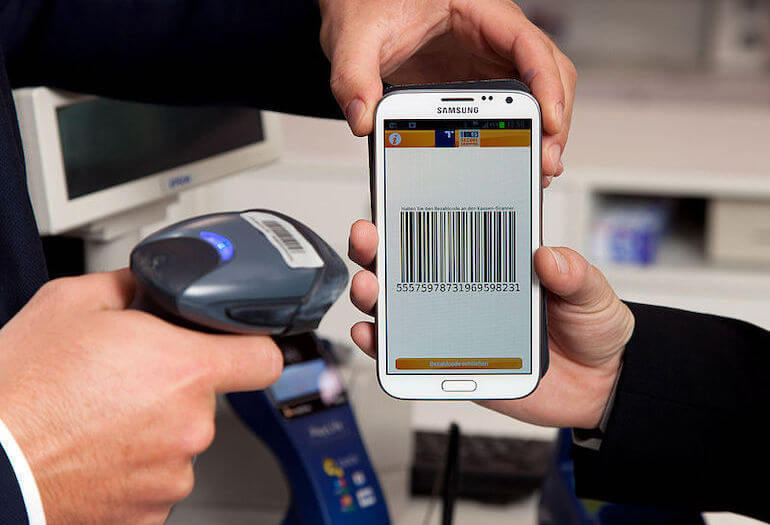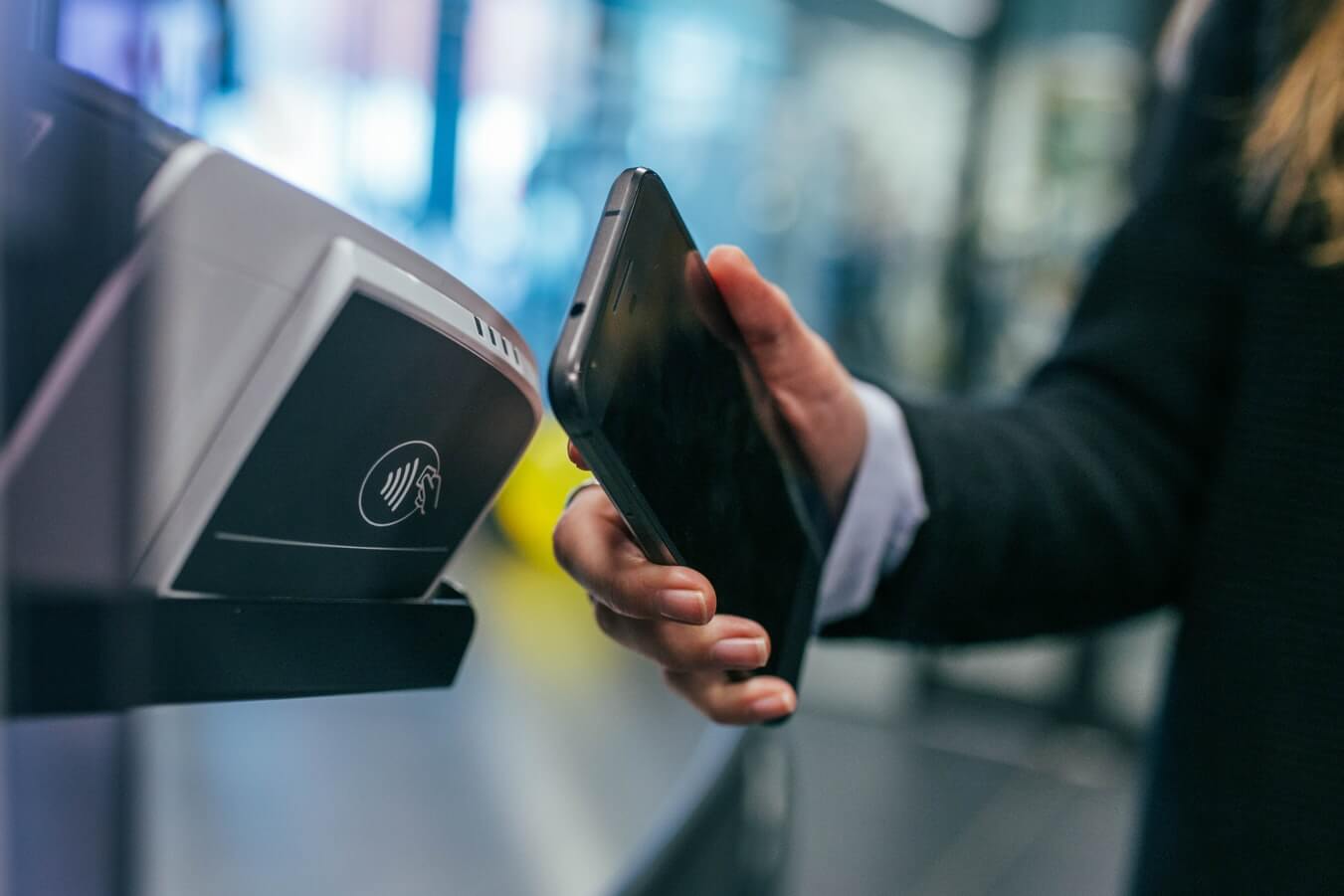

Having a payment system that is secure and at the forefront of electronic commerce is a key factor for the development of an eCommerce business. In fact, choosing certain options over other alternatives influences both the performance of the purchase as well as the store’s image in the eyes of its potential buyers. Given the generous increase in the number of online sales in almost all parts of the world, platforms and payment gateway managers continue to innovate and produce new products of this type that facilitate the management of online stores.
We’re going to look at the elements that these updates centre around as well as some examples of these new eCommerce payment systems.
What effects does the choice of an eCommerce payment system have?
Before anything else, let’s summarise the importance that the payment gateway an eCommerce business has. Obviously, this is the system that allows any online store to confirm the sale of their products or services at the same time at the user wants to place their order, emulating the purchase process in a physical establishment, without having to carry out additional actions afterwards.
This plays a fundamental role as one of the key partners for an eCommerce business, both for the service it offers the store and as a key element in the image it projects to the user. Nowadays, the digital consumer is as concerned about the variations in prices as they are of the security and transparency offered by the brands they buy from. In this sense, trusting that their money is going to arrive safely and that they can carry out their purchase risk free is a plus that has already become a standard in online shopping.
Web security protocols, such as HTTPS, the double confirmation before purchase, and secure payment platforms, such as PayPal, are already part of the most successful online shops.
Bank payment gateways for eCommerce businesses
With the changes that have taken place over the last few years in the general sales paradigm, banks have had to become the driving force behind new systems that adapt to what their clients now need: online stores. The famous POS has given way to the virtual POS and, with this, proprietary payment systems that offer the same level of service as other independent platforms.
In Spain, important entities, such as BBVA, Banco Santander, and La Caixa have concerned themselves with offering innovative products in this regard by developing comprehensive and secure platforms for both eCommerce businesses and individual users.
Apart from that, the appearance of 100% digital entities has boosted the need for these products even further. Without a doubt, this has become one of the strengths of the sections dedicated to businesses and small- and medium-sized enterprises within each bank.
Virtual payment methods: what’s new?
When we talk about payment methods, we separate these from the banks because these are completely independent, operating as intermediaries in the transaction, providing security and guarantees during the process.
The most well-known in this field globally are PayPal, Redsys, and Stripe. However, there are new routes for eCommerce businesses to explore, centred, above all, in payment via smartphone.
Almost 80% of the browsing done by digital users is on mobile devices. Of this percentage, a large majority is done using the smartphone itself, which already plays an inherent role almost all of our hands. This is why large consumer brands and other technologies already offer proprietary payment systems for eCommerce businesses.
Examples of these include four of the biggest: Apple Pay, Samsung Pay, Google Pay, and Amazon Pay. All of these are different in nature but have the same objective: to facilitate and secure the users’ purchase guarantees so that online stores don’t lose a single sale.
Currently, the integration of these payment platforms depends, to a great extent, on the commissions that they charge, on the technical limitations of the server, or on the bank. This is why one of the main recommendations for eCommerce businesses nowadays is to make several payment options available.
In addition, it’s important to consider the channel that the sale is being made on. So, for example, if the transaction is being made through social networks, you already have a direct and secure payment gateway to rely on. This is the case with Facebook and Instagram, which allow for direct sales without leaving the application.
Thanks to this feature, potential buyers can choose the option that best suits their needs or purchase type, allowing the sale to be more flexible in terms of the demands of the moment. At the same time, this improves the opportunities for eCommerce business while keeping the profit ratio in a good position.

Find out how Minderest can take your business to the next level.
Contact our pricing experts to see the platform in action.
Related Articles

AI Agents and Holiday Season: How to Adapt Your Pricing Strategy
Holiday season planning used to revolve around creative campaigns, emotional storytelling, and optimizing the user experience. However, a silent revolution is changing the rules of the game. The rise...
How Surveillance Pricing Works and Its Applications for Your Business
The term "Surveillance Pricing" might conjure images of corporate espionage and price manipulation. However, this initial perception hides one of the most sophisticated and powerful strategies in...